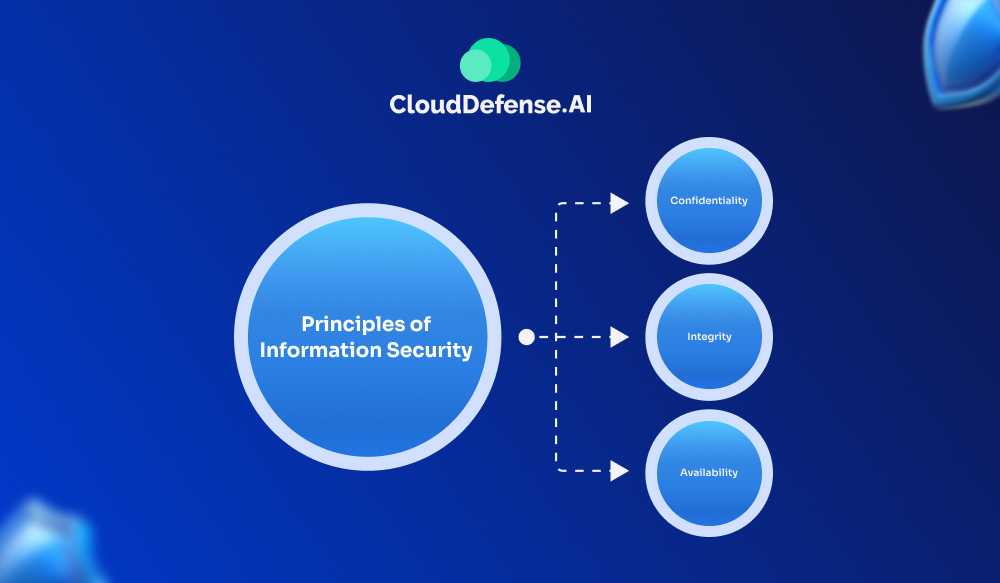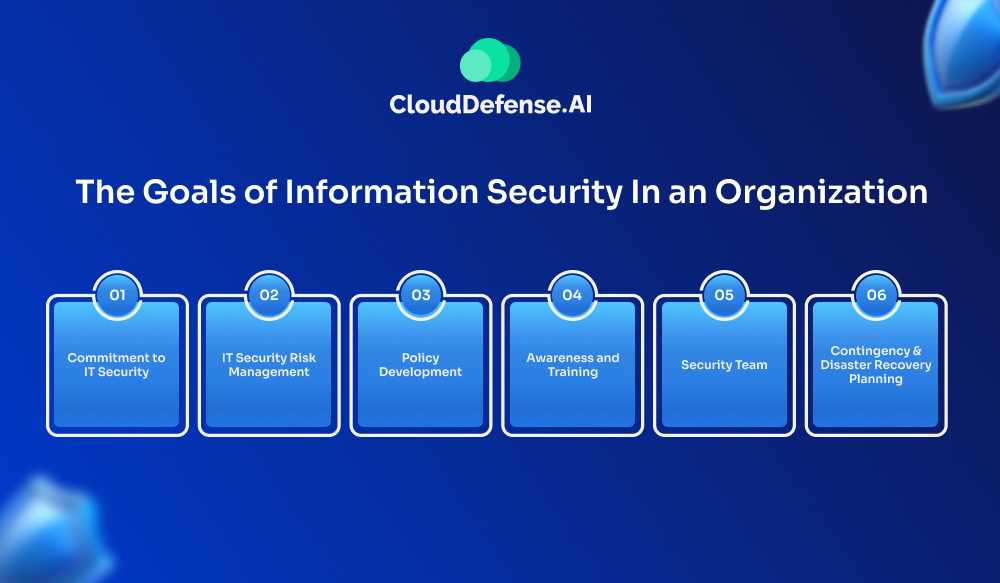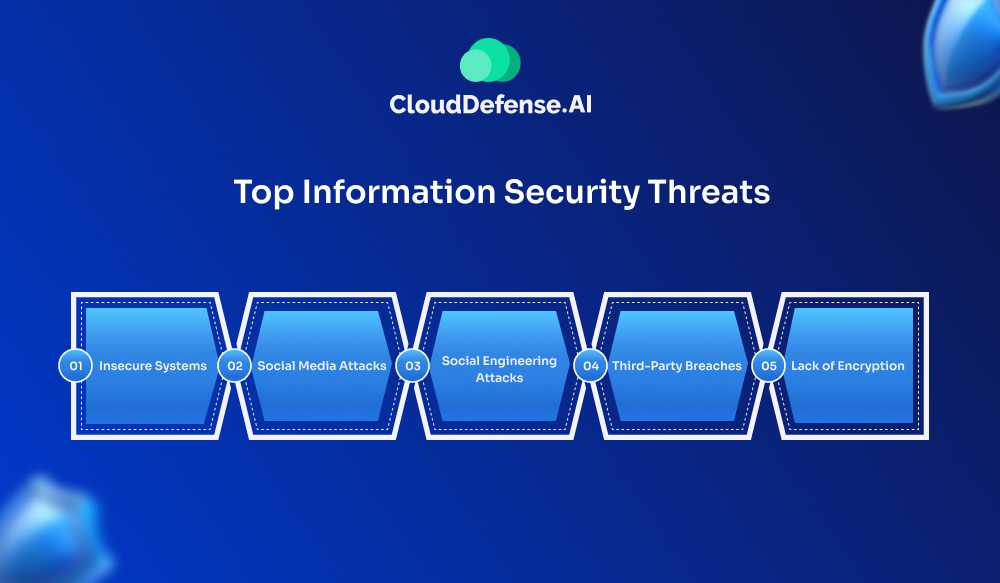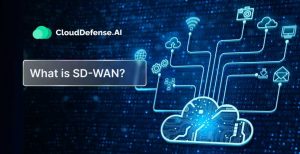What is Information Security?
Information security, often referred to as InfoSec, are the collection of strategies, tools, and protocols implemented by organizations to protect sensitive information from unauthorized access, alteration, or destruction.
It involves the establishment of policies and procedures aimed at protecting data, digital files, physical media, and other forms of information critical to the organization’s operations.
The primary objective of information security is to ensure the confidentiality, integrity, and availability of essential data, such as customer records, financial information, and intellectual property, thereby mitigating the risk of unauthorized disclosure or misuse.
Principles of Information Security: The CIA Triad

The principles of information security are built around the CIA Triad: Confidentiality, Integrity, and Availability. Each of these principles helps protect information from unauthorized access, changes, and disruptions, forming the core of any good information security program. Let’s understand these principles in detail.
1. Confidentiality
This principle focuses on ensuring that sensitive information is only accessible to those who have the proper authorization. It aims to keep private data from being disclosed to unauthorized individuals or entities. Confidentiality measures are vital for protecting personal and organizational information from exposure. By implementing access controls, encryption, and other security measures, organizations ensure that data remains private and is only shared with those who have a legitimate need to access it.
2. Integrity
The integrity principle ensures that data remains accurate, consistent, and unaltered, except by those who are authorized to make changes. It is about protecting information from being tampered with, whether through malicious actions or accidental errors. This involves protecting data from unauthorized modifications, ensuring that any changes to the data are traceable and made by authorized individuals. Integrity measures include implementing checksums, digital signatures, and auditing procedures to verify that data remains trustworthy and reliable.
3. Availability
Availability ensures that information systems and the data they hold are accessible to authorized users whenever needed. It focuses on maintaining the functionality of IT systems, ensuring that hardware, software, and networks are operational and capable of meeting user demands. This principle involves protecting systems from disruptions, whether due to technical failures, cyber-attacks, or natural disasters. Measures to enhance availability include regular maintenance, redundant systems, and strong disaster recovery plans to ensure continuous access to critical information and services.
The Goals of Information Security In an Organization

As technology becomes integral to products and services, organizations face increased risks. The primary goals of information security are to protect resources and information and ensuring smooth business operations. Organizations need to set guidelines covering essential areas:
- Commitment to IT Security: Senior management and the board of directors must show a strong commitment to IT security.
- IT Security Risk Management: Identifying, assessing, and mitigating risks is crucial to reduce potential threats.
- Policy Development: Developing and updating security policies to address emerging risks.
- Awareness and Training: Educating employees about IT security practices to enhance organizational awareness.
- Security Team: Establishing a dedicated team to oversee and implement security measures.
- Contingency and Disaster Recovery Planning: Preparing for and recovering from potential security incidents.
Information Security Policy
An Information Security Policy is a set of guidelines that helps ensure the safe and secure use of IT resources within a company. It outlines specific rules for accessing and handling sensitive systems and information, ensuring that only authorized users can access these assets.
To remain effective, an ISP must be regularly updated to reflect changes within the organization, new security threats, and advancements in technology. Compliance with the policy is essential and is maintained through regular training and monitoring.
Additionally, the policy should include a system for managing exceptions, allowing departments or individuals to deviate from the rules when necessary, with proper approval. By implementing and enforcing an ISP, companies can minimize security risks, ensure consistent security practices, and respond effectively to security incidents.
Top Information Security Threats

Information security threats come in various forms, each posing significant risks to organizations. Let’s take a look at some of these threats.
1. Insecure Systems
One major threat is insecure systems. As new technologies emerge, if they are not designed with security as a priority, they can lead to severe vulnerabilities. Organizations using outdated or legacy systems are particularly susceptible to breaches and must regularly update or decommission these systems to reduce risks.
2. Social Media Attacks
Social media attacks have become increasingly common. Cybercriminals exploit social media platforms to steal user credentials and compromise accounts. These attacks can involve direct methods, such as sending malware through messages, or indirect tactics, such as gathering information from users’ profiles to plan targeted attacks.
3. Social Engineering Attacks
Social engineering is a prevalent threat that involves manipulating individuals into revealing personal or sensitive information. This is often achieved through deceptive emails or messages that create a sense of urgency or fear. Because these attacks exploit human psychology, they are particularly challenging to defend against.
4. Third-Party Breaches
Third-party breaches occur when attackers exploit vulnerabilities in the systems of external vendors. For instance, vulnerabilities in widely-used software can allow hackers to access data from numerous organizations, as seen in past breaches involving major software providers.
5. Lack of Encryption
The lack of encryption is a critical security threat. Encryption is essential for protecting sensitive data, yet some organizations neglect this practice due to its complexity or lack of regulatory enforcement. Industries handling highly sensitive information, such as healthcare, are especially at risk if they do not adhere to encryption standards, making them prime targets for data breaches.
Active vs Passive Attacks
Knowing the differences between active and passive attacks helps in setting up strong security measures. The table below shows the main differences between these two types of cyber attacks.
| Aspect | Active Attacks | Passive Attacks |
| Definition | Intercepts and changes communications | Monitors and copies information without change |
| Goal | To disrupt, modify, or create fake communications | To secretly gather information |
| Detection | Easier to detect due to data changes | Harder to detect as data is not changed |
| Examples | Interruption, Modification, Fabrication | Eavesdropping, Traffic Analysis |
| Impact | Directly affects system operations and data | Indirectly affects security by using gathered data |
| Defense Measures | Authentication, Integrity Checks, Intrusion Detection | Encryption, Network Monitoring |
Information Security and Data Protection Laws
Data protection laws are essential for protecting sensitive information according to Information Security standards. Here are some key regulations in the US and EU:
U.S. Data Protection Regulations
- Federal Trade Commission Act (FTC Act): Prohibits misleading consumers about privacy and requires proper data protection.
- California Consumer Privacy Act (CCPA): Grants California residents rights over their personal data, including access and deletion.
- Children’s Online Privacy Protection Act (COPPA): Regulates the collection and use of data from children under 13.
- New York SHIELD Act: Mandates reasonable protocols for protecting New York residents’ private information.
- Health Insurance Portability and Accountability Act (HIPAA): Ensures the confidentiality and security of health information.
- Family Educational Rights and Privacy Act (FERPA): Protects the privacy of student education records, granting rights to parents and students.
- Fair and Accurate Credit Transactions Act (FACTA): Specifies secure use and disposal of credit report data to prevent fraud.
- Gramm-Leach-Bliley Act (GLBA): Requires financial institutions to protect consumers’ personal financial information.
European Union Data Protection Regulation
- General Data Protection Regulation (GDPR): Governs the handling of personal data of EU residents, requiring consent and strong security measures.
Information Security vs Cybersecurity
Information security and cybersecurity differ in scope and purpose. Information security is a broad field including physical security, endpoint security, data encryption, and network security, along with protecting information from natural disasters and server failures.
Cybersecurity, a subset of information security, focuses specifically on technology-related threats, using tools and practices to prevent or reduce these risks. Another related area is data security, which aims to protect an organization’s data from unauthorized access or exposure. To learn more about these differences, read our blog on “Information Security vs Cybersecurity.”
Final Words
Information security is the backbone of any successful organization in today’s tech-driven world. By committing to strong security practices, continuous risk management, and comprehensive training, organizations can protect their valuable data and maintain smooth operations.
Prioritizing information security not only protects against threats but also builds trust with customers and stakeholders. Stay proactive, stay secure, and make information security a central pillar of your business strategy.







